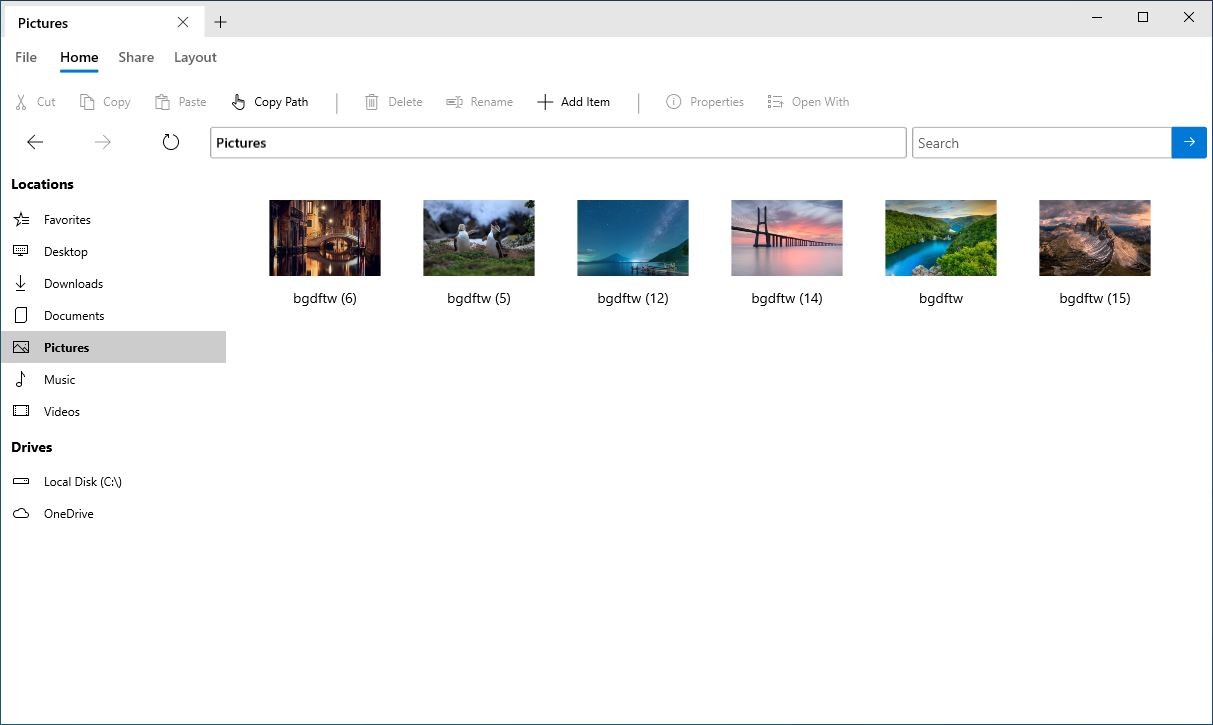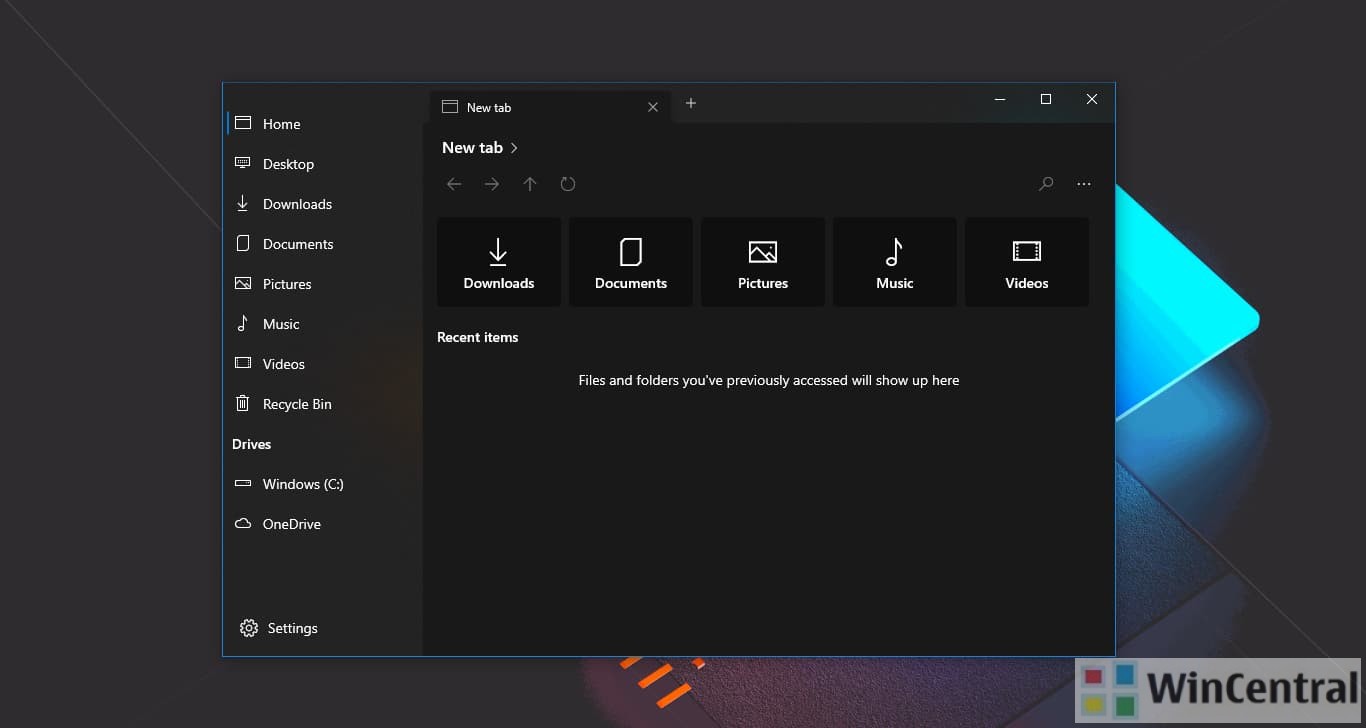
In order to package both the UWP and the desktop code in one app package, add both as Application references to the Packaging project: So your solution setup looks like in the screenshot below. Next you need to add a “Windows Application Packaging Project” (look for it in the “Windows Universal” category). For “Hello World” I am adding a C# Console project. In your UWP VS solution, add a “Windows Classic Desktop” project to implement your extension. Here is a step-by-step guide to create your first UWP app that lights up powerful desktop code: Add extension and packaging projects With Visual Studio 2017 Update 5 (and later), creating a UWP solution with desktop extension is fairly straight forward now. Let me try your “Hello World” app from the Microsoft Store Show me the code for “Hello World” on github This feature has been introduced with the Windows 10 Anniversary Update 1607 (build 14393, aka Redstone 1). Hololens) – it just won’t light up the desktop extension on those devices.

Your app will still be able to run on all SKUs of Windows 10 (e.g. The extension code runs at the full privileges of the user and has access to all public APIs on the machine. Including a desktop extension (‘windows.fullTrustProcess’) in your UWP app package lets your UWP app light up PC-specific capabilities when run on the Windows 10 desktop SKU (including Windows 10 S mode). Part 4 – Submitting the package to the Microsoft Store TL RD Part 3 – Communicating between components

Part 2 – Launching multiple processes, passing in parameters

Part 1 – Getting started, hello world (this post) Recently on Stackoverflow I have seen a number of questions coming up around this topic, so I decided to write up a quick tutorial to help de-mystify various aspects around this useful feature: Adding a desktop extension component to your UWP app package is a great way to make your universal app even better on PC by lighting up PC-specific capabilities.


 0 kommentar(er)
0 kommentar(er)
